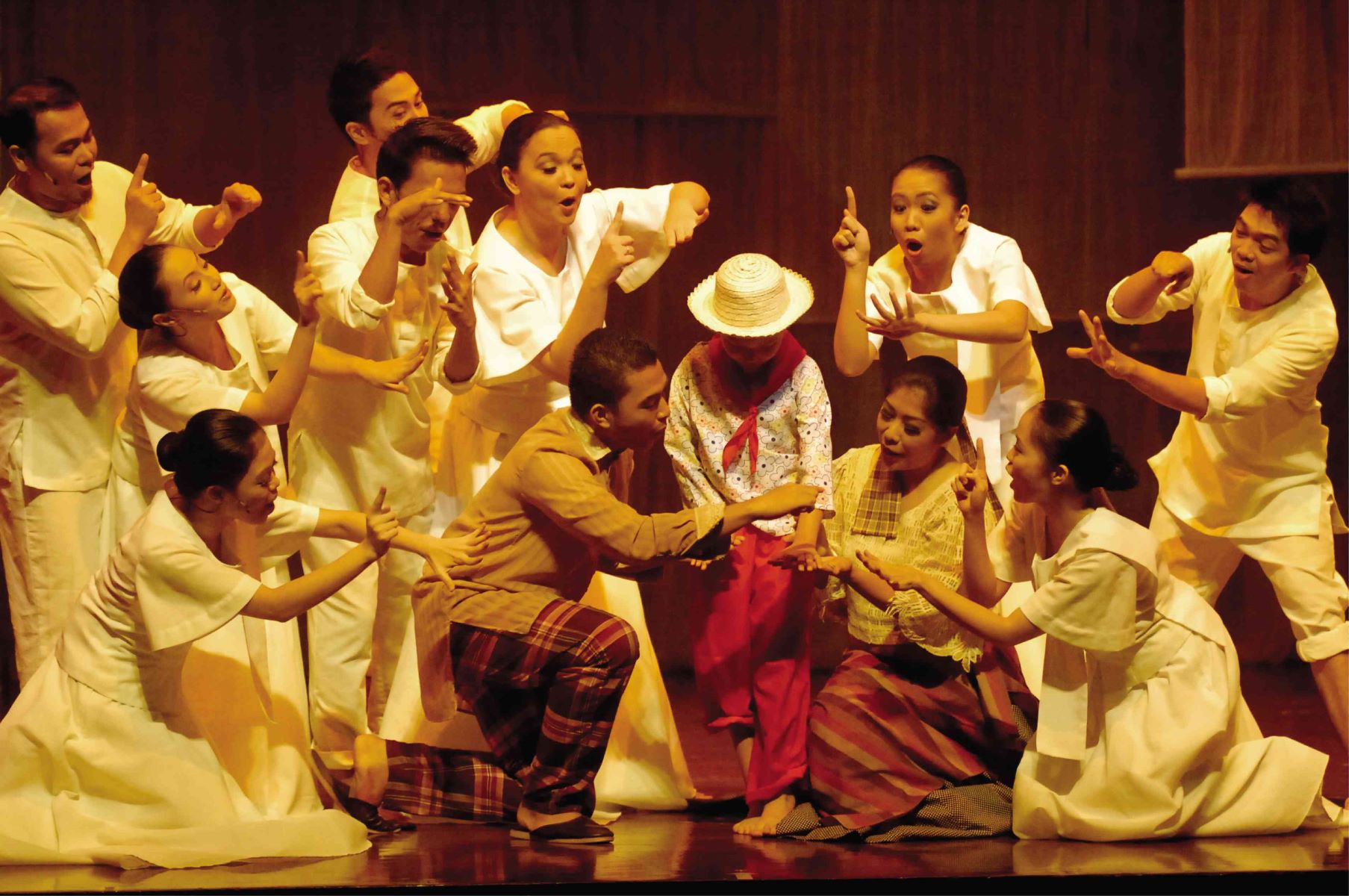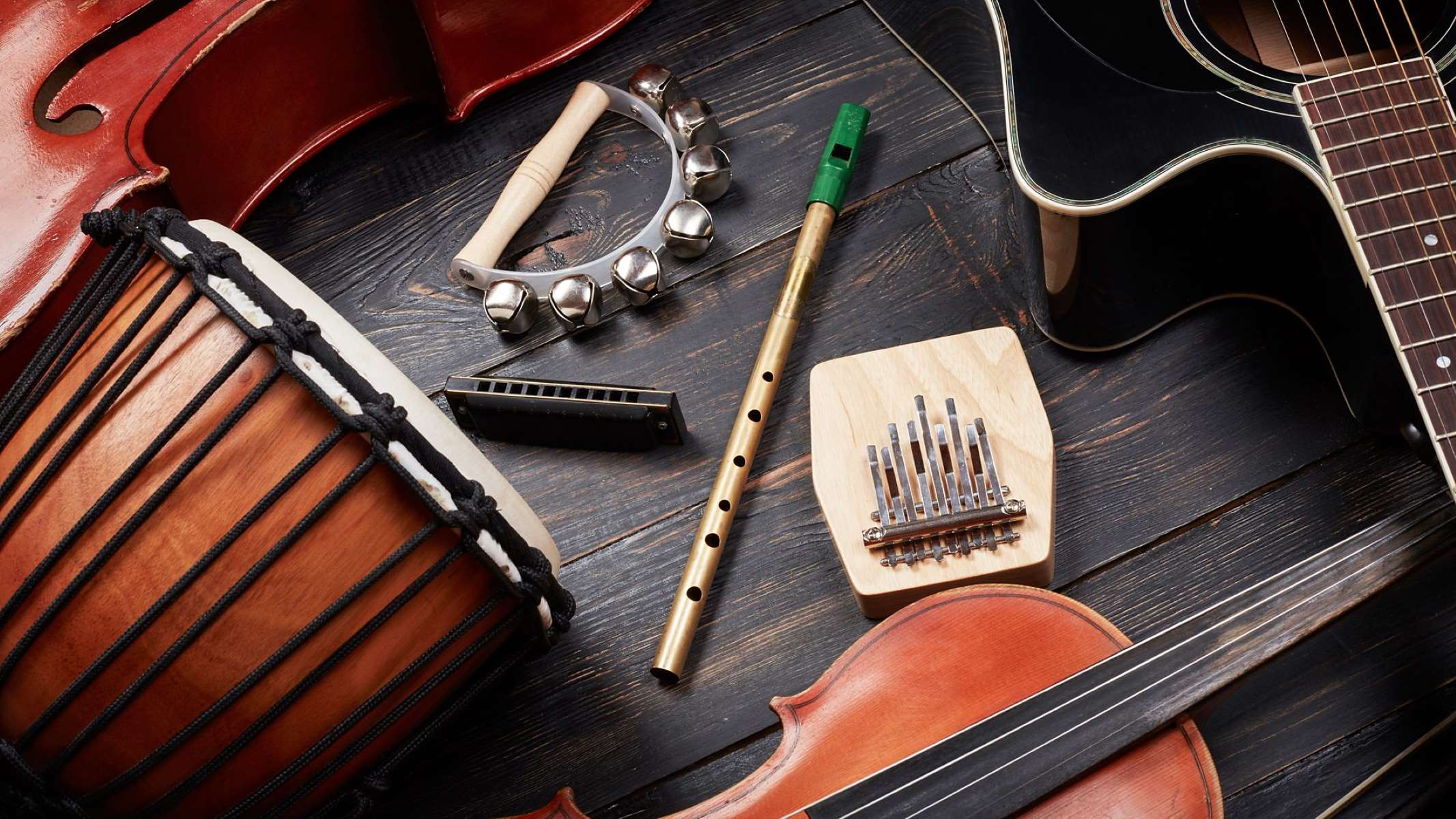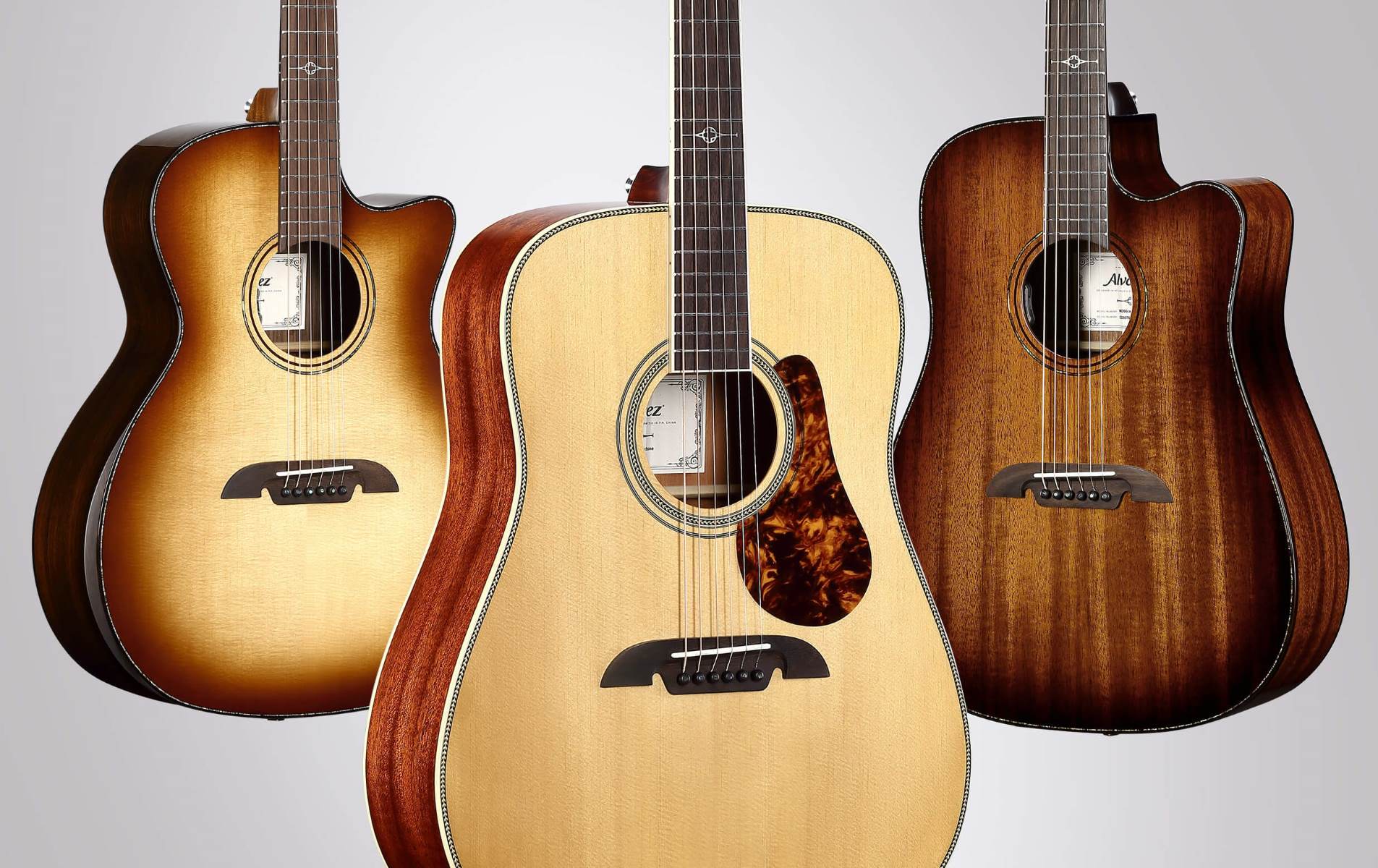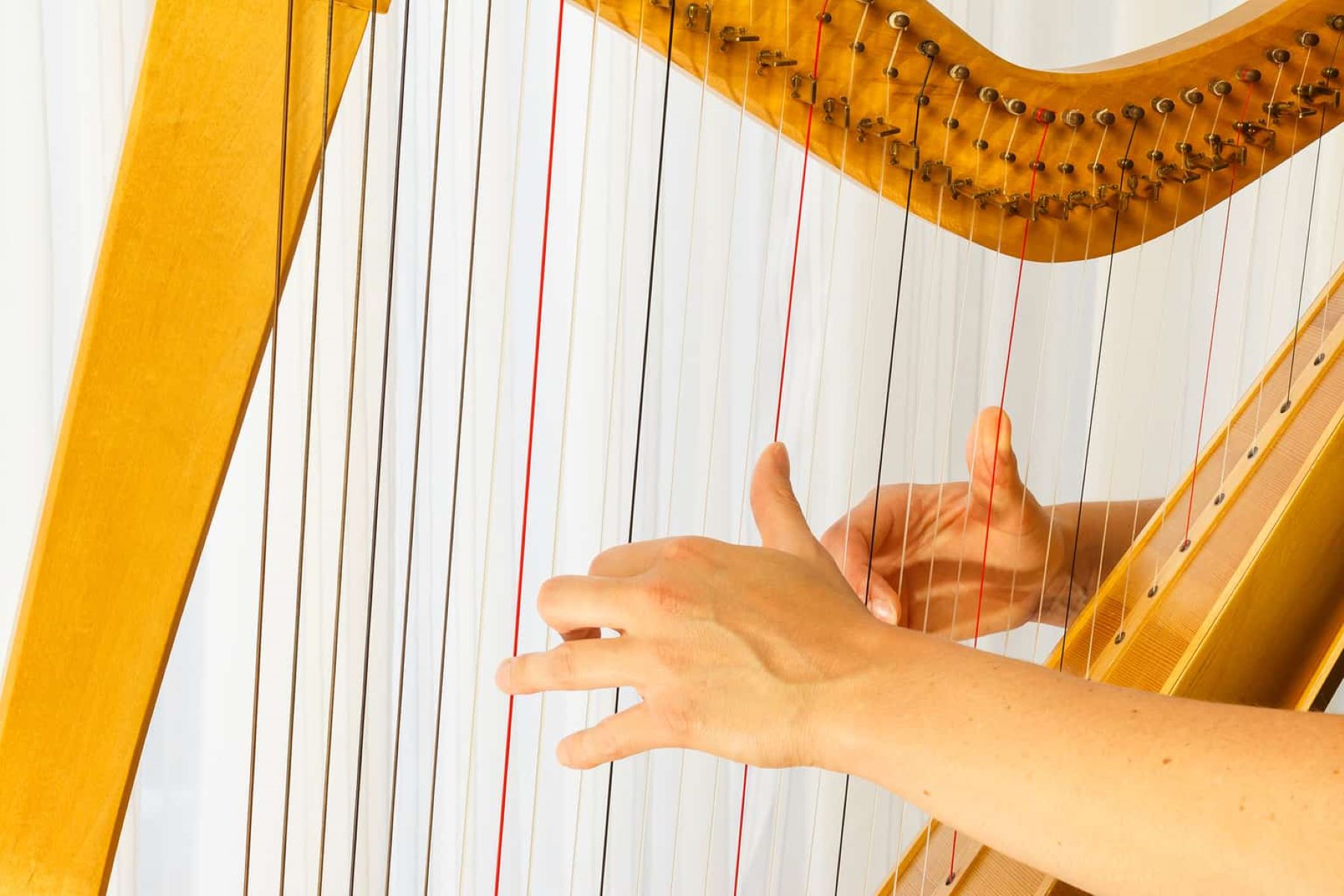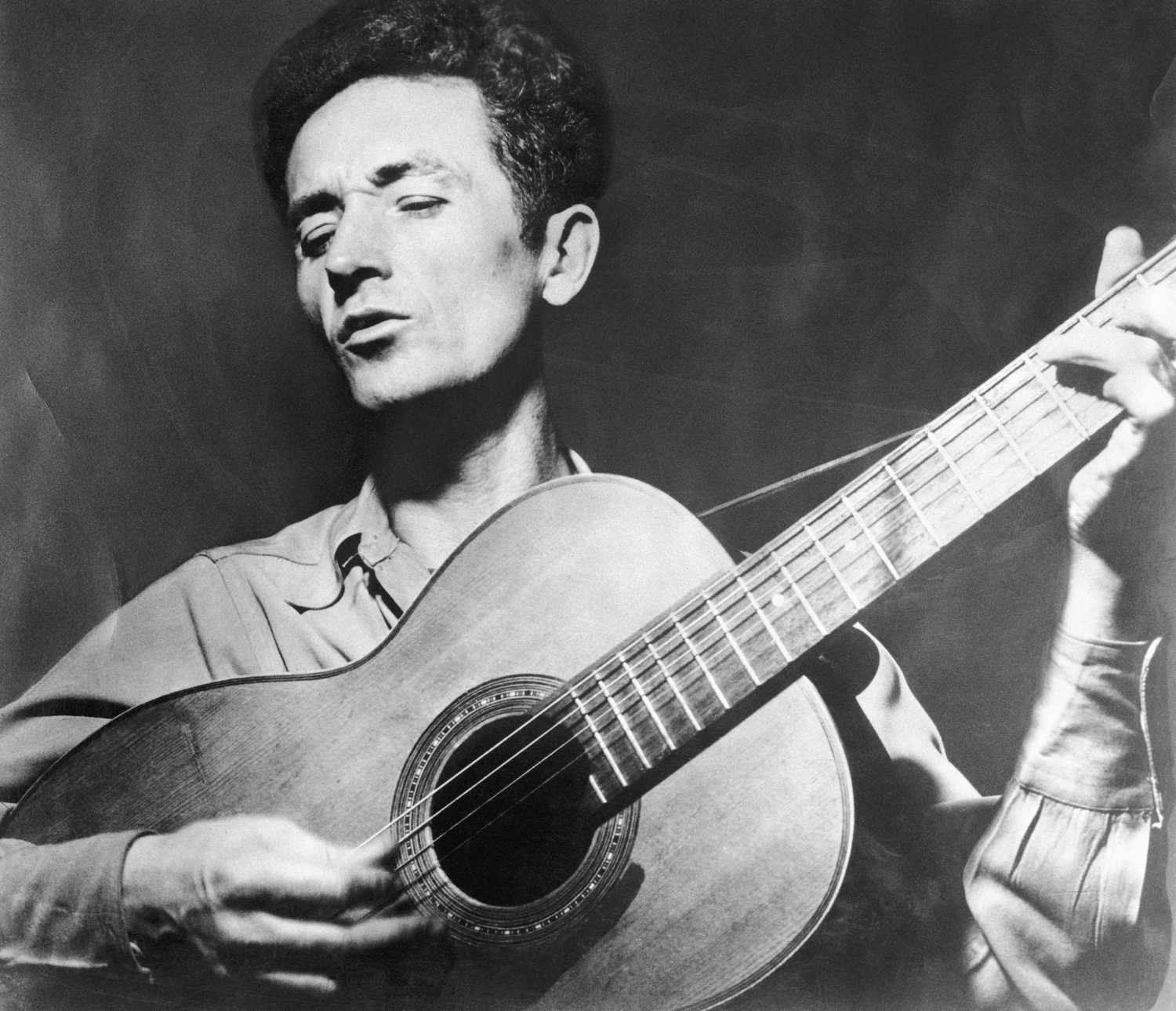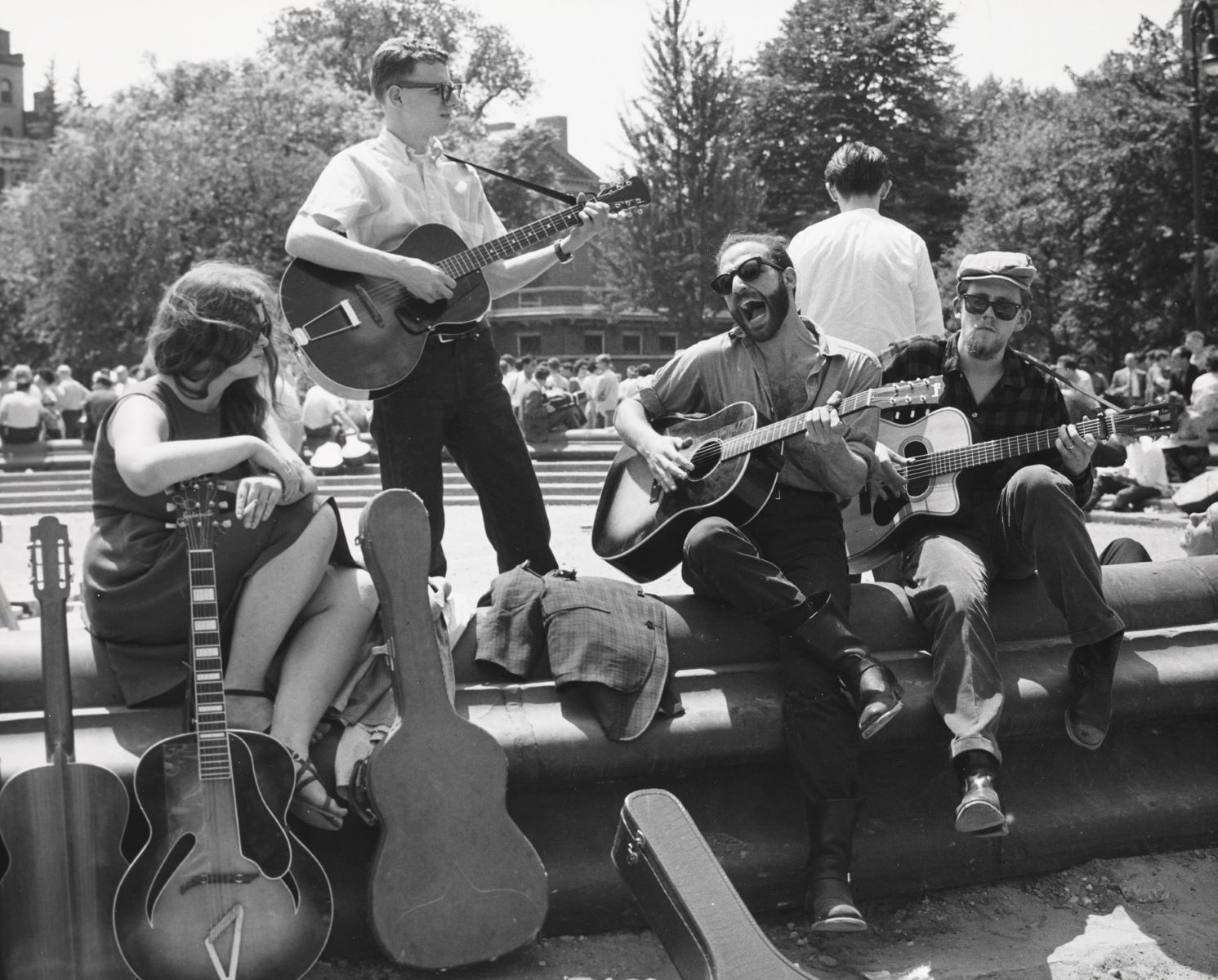

Folk
When Was The Folk Revival
Modified: March 11, 2024
Discover the history of the folk revival and explore when this influential musical movement took place. Learn about the origins, evolution, and impact of folk music.
(Many of the links in this article redirect to a specific reviewed product. Your purchase of these products through affiliate links helps to generate commission for AudioLover.com, at no extra cost. Learn more)
Table of Contents
Introduction
The Folk Revival is a cultural and musical movement that emerged in the mid-20th century, bringing traditional folk music to the forefront of popular culture. It was a time of rediscovery and reinterpretation, as artists sought to capture the essence of folk music and preserve its rich heritage. With its roots in the past and a powerful message for the present, the Folk Revival played a significant role in shaping the music landscape and inspiring social change.
The Folk Revival era was characterized by a renewed interest in authenticity and a shift away from the commercialized mainstream music of the time. It was a time of looking back to the past as people sought solace and connection through the timeless stories and melodies of folk music. This resurgence of interest in traditional music had a profound impact on popular culture and influenced subsequent generations of musicians.
During the Folk Revival, artists such as Bob Dylan, Joan Baez, and Pete Seeger emerged as key figures, using their music to express political and social messages. They became the voices of a generation, challenging the status quo and advocating for civil rights, peace, and social justice. Their songs, often accompanied by acoustic instruments like guitars and banjos, resonated with audiences and became anthems for change.
The Folk Revival was also closely intertwined with various protest movements of the time, including the Civil Rights Movement and the anti-war protests against the Vietnam War. The music became a powerful tool for conveying messages of hope, unity, and resistance. Whether performed in coffee houses, concert halls, or at protests, folk music became the soundtrack of a generation fighting for a better world.
As the Folk Revival gained momentum, its influence extended beyond the folk music community. Popular musicians began incorporating elements of folk music into their own work, resulting in a blending of genres and the birth of folk-rock. Artists like The Byrds and Simon & Garfunkel fused folk melodies with electric instruments, creating a new sound that captivated listeners and expanded the popularity of folk music.
Despite its immense impact, the Folk Revival eventually began to wane. By the 1970s, popular music had shifted towards other genres, and the folk scene experienced a decline in mainstream popularity. However, its legacy lives on in the music of subsequent generations and in the enduring power of folk-inspired music.
In this article, we will explore the origins of the Folk Revival, delve into the key figures who shaped the movement, discuss its connection to protest movements, explore its influence on popular music, and examine its decline and lasting legacy. Join us on this journey as we uncover the rich history and cultural significance of the Folk Revival.
Origins of the Folk Revival
The origins of the Folk Revival can be traced back to the early 20th century, when a growing interest in folk music sparked a desire to preserve and celebrate traditional songs and melodies. This resurgence was driven by a longing for authenticity in an increasingly industrialized and commercialized world.
One significant event that played a pivotal role in igniting the Folk Revival was the release of the landmark anthology, “The Anthology of American Folk Music,” compiled by Harry Smith in 1952. This collection featured recordings of folk songs from various regions of the United States, showcasing the diverse beauty and roots of American folk music. The anthology quickly became a catalyst for a renewed appreciation of traditional folk music.
During this time, artists like Woody Guthrie and Lead Belly also played a crucial role in popularizing folk music. Guthrie, known for his simple yet powerful songs, captured the struggles of ordinary Americans and gave a voice to the working class. His music resonated deeply with listeners, influencing a new generation of folk musicians.
At the same time, the emergence of folk music clubs and coffeehouses provided a platform for both established and up-and-coming folk musicians to share their music. These intimate venues allowed for a stronger connection between the artists and the audience, fostering a sense of community and camaraderie within the folk music scene.
The Folk Revival gained further traction in the 1960s as the Civil Rights Movement and other social movements gained momentum. Folk music became a medium for expressing dissent and advocating for social change. Songs like “We Shall Overcome” and “Blowin’ in the Wind” became anthems of protest and hope, embodying the spirit of the era.
Furthermore, the popularity of folk festivals, such as the Newport Folk Festival, provided a platform for folk musicians to showcase their talent to larger audiences. These festivals not only showcased established folk artists but also provided a stage for emerging talents like Bob Dylan, who famously went electric at the Newport Folk Festival in 1965, challenging traditional notions of folk music.
In summary, the origins of the Folk Revival can be attributed to a growing interest in preserving traditional folk music, the release of influential anthologies, the rise of folk music clubs and coffeehouses, and the intersection with social and political movements. These factors created a cultural shift that revitalized traditional folk music and set the stage for the influential years to come.
Key Figures of the Folk Revival
The Folk Revival was fueled by the talent and passion of numerous key figures who left an indelible mark on the movement. These artists not only popularized folk music but also used their platform to advocate for social and political change. Let’s explore some of the key figures of the Folk Revival:
1. Bob Dylan: Bob Dylan is perhaps the most iconic figure of the Folk Revival. With his poetic lyrics and distinct voice, he brought folk music to new heights. Dylan’s songs, such as “Blowin’ in the Wind” and “The Times They Are a-Changin’,” became anthems for social justice and inspired generations of musicians.
2. Joan Baez: Joan Baez emerged as a powerful voice in the folk music scene. Known for her ethereal soprano vocals and her commitment to activism, Baez used her music as a tool for change. She performed at numerous civil rights rallies and anti-war protests and played a pivotal role in popularizing folk music among mainstream audiences.
3. Pete Seeger: Pete Seeger was a folk singer, songwriter, and social activist who dedicated his life to promoting folk music and advocating for causes such as civil rights and environmental awareness. Seeger’s songs, like “Where Have All the Flowers Gone” and “If I Had a Hammer,” resonated with audiences and became influential protest anthems.
4. Woody Guthrie: Woody Guthrie’s raw and honest songs documented the struggles of the working class during the Great Depression. His folk ballads, such as “This Land Is Your Land,” have become timeless classics and continue to inspire artists to this day.
5. Odetta: Odetta Holmes, known simply as Odetta, was a powerful African-American folk singer who used her rich voice to champion the civil rights movement. Her soul-stirring interpretations of traditional folk songs brought a new depth to the genre and paved the way for future generations of folk musicians.
6. Lead Belly: Lead Belly, also known as Huddie William Ledbetter, was an influential folk and blues musician whose songs reflected the African-American experience. His recordings of songs like “Goodnight, Irene” and “The Midnight Special” showcased his powerful vocals and laid the foundation for the folk revival movement.
These are just a few of the key figures who played instrumental roles in shaping the Folk Revival. Their music and activism continue to inspire and resonate with audiences around the world, leaving a lasting impact on the music industry and society at large.
The Role of Protest Movements
The Folk Revival and protest movements of the mid-20th century were deeply intertwined, as folk music became a powerful tool for conveying messages of resistance, hope, and unity. The music of the Folk Revival played a crucial role in supporting and amplifying the voices of various social and political movements. Let’s delve into the role of protest movements in shaping the Folk Revival:
Civil Rights Movement: The Civil Rights Movement in the United States sought to end racial segregation and ensure equal rights for African Americans. Folk music became a key component of the movement, with artists like Pete Seeger, Joan Baez, and Bob Dylan performing at rallies and protests. Songs like “We Shall Overcome” and “Oh Freedom” became powerful anthems of the movement, inspiring hope and solidarity among activists.
Anti-War Protests: The opposition to the Vietnam War gave rise to a wave of anti-war protests. Folk musicians turned their attention to highlighting the atrocities of war and advocating for peace. Songs such as Dylan’s “Masters of War” and Baez’s rendition of “Where Have All the Flowers Gone” captured the sentiments of disillusionment and resistance, providing a soundtrack for the anti-war movement.
Labor Movements: The labor movements of the time fought for fair wages, better working conditions, and labor rights. Folk music became a vital tool for inspiring solidarity among workers. Artists like Woody Guthrie wrote songs like “Union Maid” and “This Land Is Your Land” to voice the struggles and aspirations of the working class, becoming anthems for the labor movements.
Women’s Liberation Movement: The Women’s Liberation Movement aimed to achieve gender equality and challenge the traditional roles assigned to women. Folk music played a role in giving voice to women’s experiences and advocating for empowerment. Artists like Odetta, Judy Collins, and Buffy Sainte-Marie brought attention to gender issues through their music, paving the way for future generations of feminist artists.
Through their music, the folk artists of the era became the troubadours of protest movements. They used their platforms to raise awareness, inspire change, and give voice to the marginalized. Folk music became a catalyst for unity and brought people together in the pursuit of social justice and equality.
The role of protest movements in the Folk Revival was not limited to the songs themselves. The folk music community was known for organizing benefit concerts, participating in rallies, and actively engaging in social and political issues. They used their art to contribute to and support these movements, demonstrating the power of music as a vehicle for change.
The influence of protest movements on the Folk Revival continues to resonate today. Their message of social justice and advocacy for marginalized communities remains relevant as artists draw inspiration from the past and incorporate it into their own music and activism. The legacy of protest movements in the Folk Revival serves as a reminder of the transformative power of music to challenge the status quo and inspire social change.
Influence of the Folk Revival on Popular Music
The Folk Revival had a profound and lasting impact on popular music, reshaping the landscape and influencing subsequent generations of musicians. This cultural movement brought folk music to the forefront, blending traditional sounds with contemporary elements. Let’s explore the influence of the Folk Revival on popular music:
Folk-Rock Fusion: One of the most significant contributions of the Folk Revival to popular music was the fusion of folk and rock elements. Artists like The Byrds, Simon & Garfunkel, and Crosby, Stills & Nash incorporated folk-inspired melodies, acoustic guitars, and introspective lyrics into their music. This fusion created a new sound that resonated with audiences, combining the storytelling nature of folk music with the energy and instrumentation of rock.
Songwriting Craftsmanship: The Folk Revival emphasized the art of songwriting, putting a spotlight on meaningful lyrics and storytelling. This focus on craftsmanship influenced popular artists across genres, encouraging them to delve deeper into their songwriting process and create music with more substance. The poetic storytelling and introspective nature of folk music became a blueprint for songwriters seeking to connect with their audience on a deeper emotional level.
Acoustic Instruments: The Folk Revival popularized the use of acoustic instruments such as guitars, banjos, and mandolins in popular music. These instruments became synonymous with the folk-inspired sound and added a distinct texture to songs. Musicians across various genres began incorporating acoustic instruments into their performances, expanding the sonic possibilities in popular music.
Socially Conscious Themes: The Folk Revival brought socially and politically conscious themes to the forefront of popular music. Artists of the era used their music to address issues such as civil rights, war, and social justice. This emphasis on social consciousness prompted a shift in the lyrical content of popular songs, encouraging artists to engage with important societal topics and inspire change through their music.
Rediscovering Traditional Music: The Folk Revival sparked a renewed interest in traditional folk music, leading to a revival of interest in roots music from different cultures and regions. Musicians began to incorporate elements of world music and traditional folk songs from various cultures into their own compositions, creating a more diverse and eclectic sound within popular music.
The Folk Revival paved the way for the singer-songwriter movement of the 1970s, where artists like Joni Mitchell, James Taylor, and Carole King gained prominence. These artists embraced the introspective nature of folk music, creating deeply personal and heartfelt songs that resonated with audiences.
Even today, the influence of the Folk Revival is evident in popular music. Artists such as Mumford & Sons, The Lumineers, and Hozier continue to draw inspiration from folk traditions, incorporating acoustic instruments and introspective songwriting into their work. The legacy of the Folk Revival serves as a reminder of the power of storytelling, social consciousness, and authentic expression in popular music.
Decline and Legacy of the Folk Revival
The Folk Revival, while undeniably influential, eventually experienced a decline in mainstream popularity. Several factors contributed to this decline, but the movement left a lasting legacy that continues to shape the music industry today.
By the late 1960s and early 1970s, the musical landscape had shifted, with new genres like rock, disco, and pop gaining widespread appeal. The folk-inspired sound that had once dominated the charts began to lose its prominence as popular tastes evolved. The commercialization and mainstream success of other musical styles diluted the folk movement’s presence in popular music.
Furthermore, some critics argued that the Folk Revival became increasingly homogeneous and formulaic, with a focus on replicating the sound and themes of the past rather than pushing boundaries or exploring new frontiers. This perception may have contributed to a waning interest in the movement.
Nevertheless, the Folk Revival’s legacy endures. Its impact on popular music, particularly the singer-songwriter genre, cannot be overstated. Artists like Bob Dylan, Joni Mitchell, and James Taylor paved the way for a generation of storytellers who emphasized personal expression and introspection in their music.
The Folk Revival’s commitment to social and political issues also continues to inspire musicians to use their music as a platform for activism. The spirit of protest and social consciousness that animated the movement is evident in songs addressing contemporary social injustices.
Additionally, the Folk Revival’s influence on acoustic instrumentation and craftsmanship remains prominent. Contemporary artists continue to incorporate acoustic instruments, folk-inspired melodies, and storytelling lyrics into their work, drawing inspiration from the movement’s emphasis on authenticity and raw emotions.
Folk festivals and venues dedicated to folk music also continue to thrive, serving as vital spaces for musicians and fans to connect and celebrate the genre’s rich history. These gatherings provide a sense of community and a means of preserving and passing down the traditions and values of the Folk Revival.
In closing, while the Folk Revival may have experienced a decline in mainstream popularity, its impact on popular music and its lasting legacy cannot be underestimated. Its influence can be heard in various genres and in the continued dedication of artists to address social issues and tell meaningful stories through their music. The Folk Revival will forever hold a significant place in the annals of music history.
Conclusion
The Folk Revival was a transformative cultural and musical movement that brought traditional folk music to the forefront of popular culture. It was a time of rediscovery, authenticity, and social change. From its origins in the early 20th century to its decline in mainstream popularity, the legacy of the Folk Revival continues to resonate in the world of music.
The Folk Revival played a fundamental role in shaping popular music by fusing folk with other genres, such as rock, and influencing subsequent generations of musicians. The emphasis on craftsmanship, storytelling, and acoustic instrumentation has left an indelible mark on singer-songwriters and musicians across diverse genres.
The movement’s close association with protest movements and social activism acted as a catalyst for change. Folk music became a medium for expressing dissent, advocating for civil rights, and addressing social injustices. The messages of unity, hope, and resistance conveyed through folk songs became anthems for social movements.
The decline of the Folk Revival in mainstream popularity did not diminish its legacy. It lives on in the singer-songwriter movement it inspired, the continuation of socially conscious themes in music, and the ongoing dedication to preserving folk traditions. The Folk Revival’s impact on popular music is seen in the blending of genres, the emphasis on meaningful lyrics, and the use of acoustic instruments.
Today, the influence of the Folk Revival can be heard in the music of contemporary artists, in folk festivals and venues, and in the enduring commitment of musicians to use their art as a platform for activism. The Folk Revival’s ability to bring people together, tell stories, and inspire change serves as a testament to the power of music to transcend time and connect generations.
In conclusion, the Folk Revival remains an important chapter in music history. Its contribution to popular music, social and political movements, and the preservation of traditional folk music is undeniable. The echoes of the Folk Revival continue to resonate in the melodies, lyrics, and voices of artists who carry its legacy forward, ensuring that the spirit of authenticity, storytelling, and social consciousness will continue to inspire and captivate audiences for years to come.


